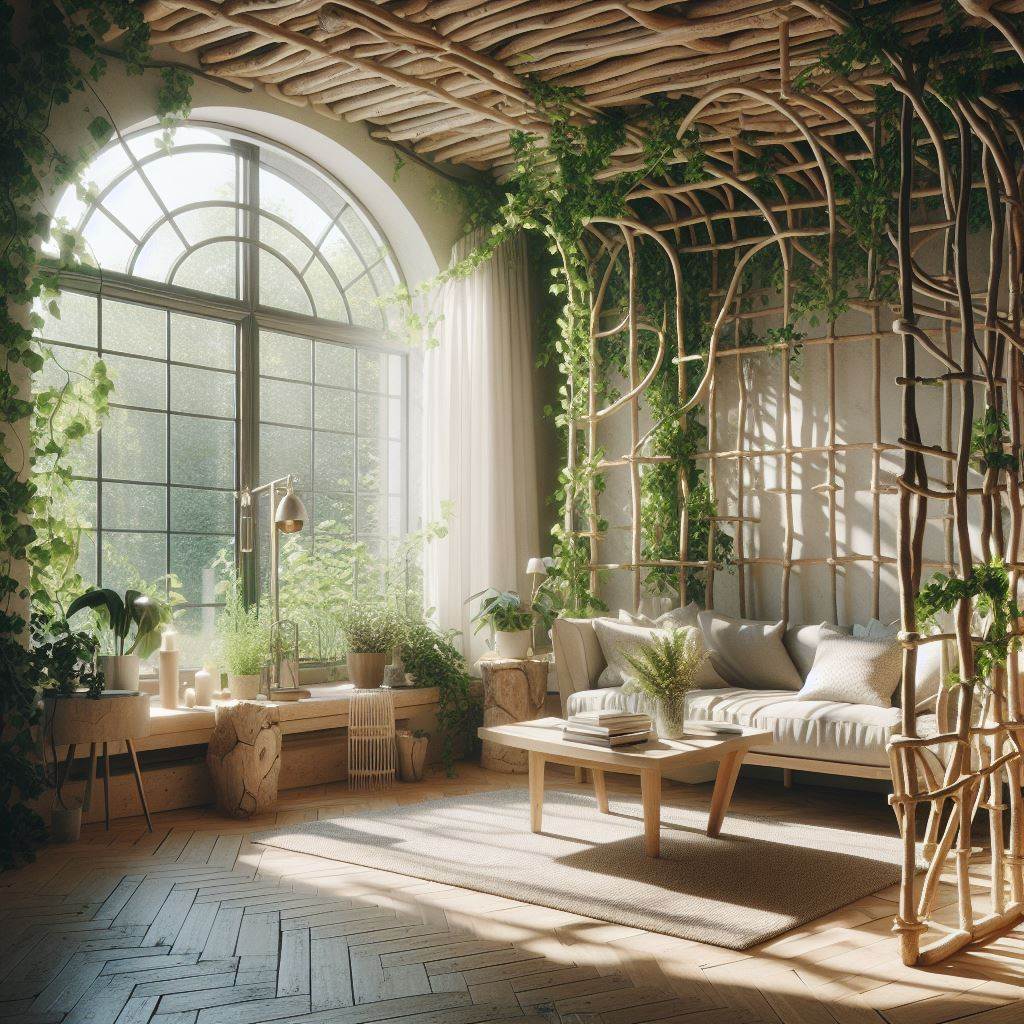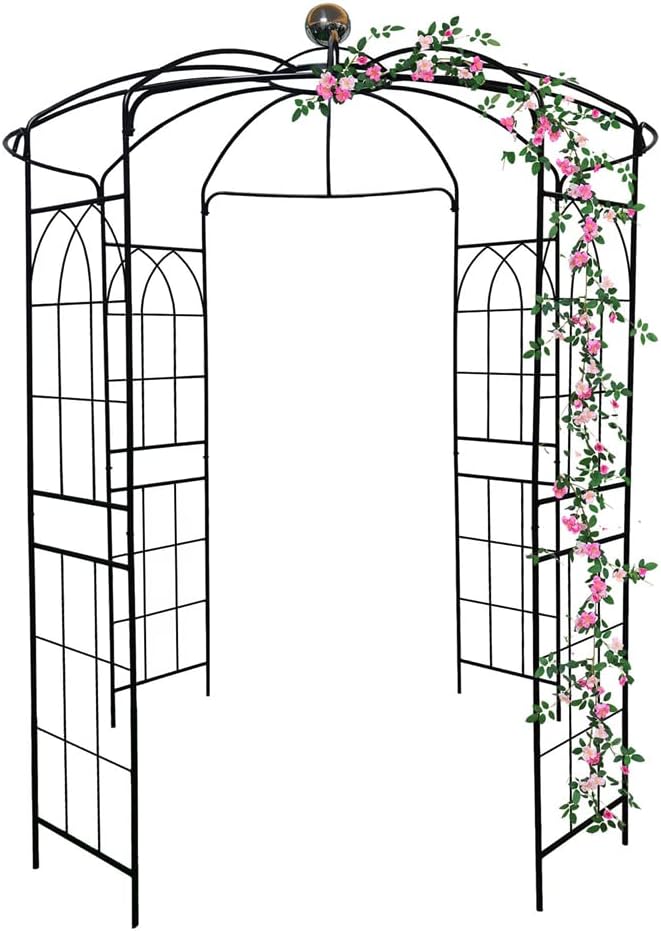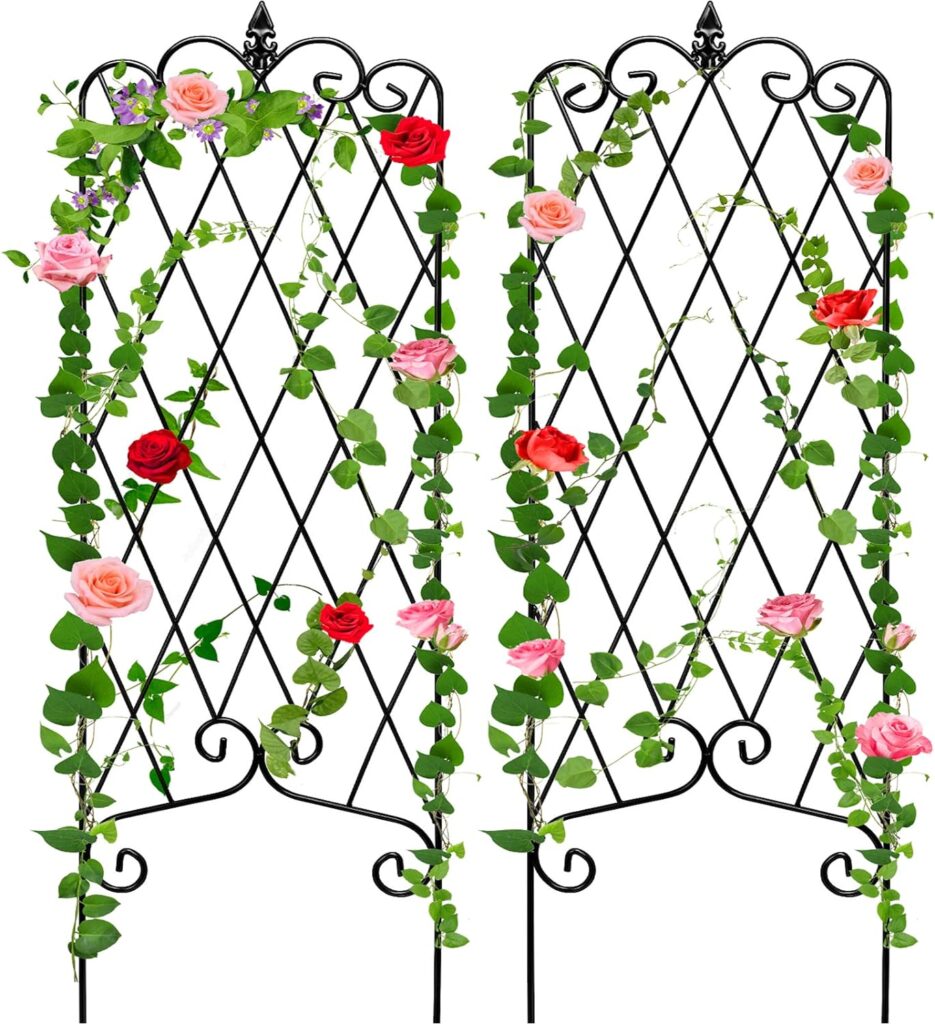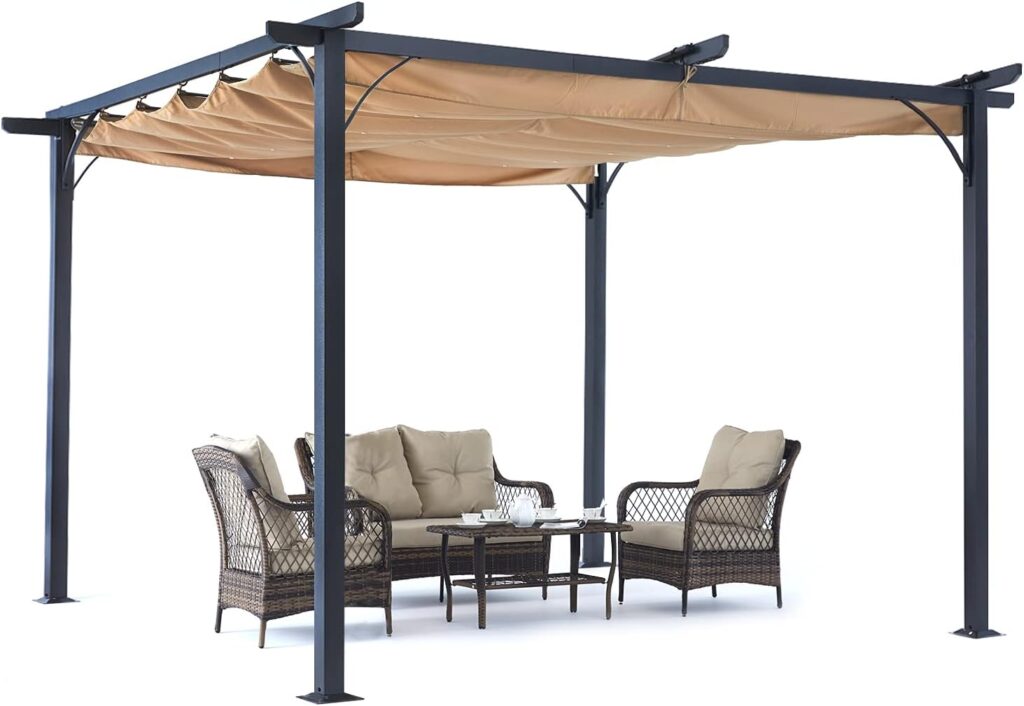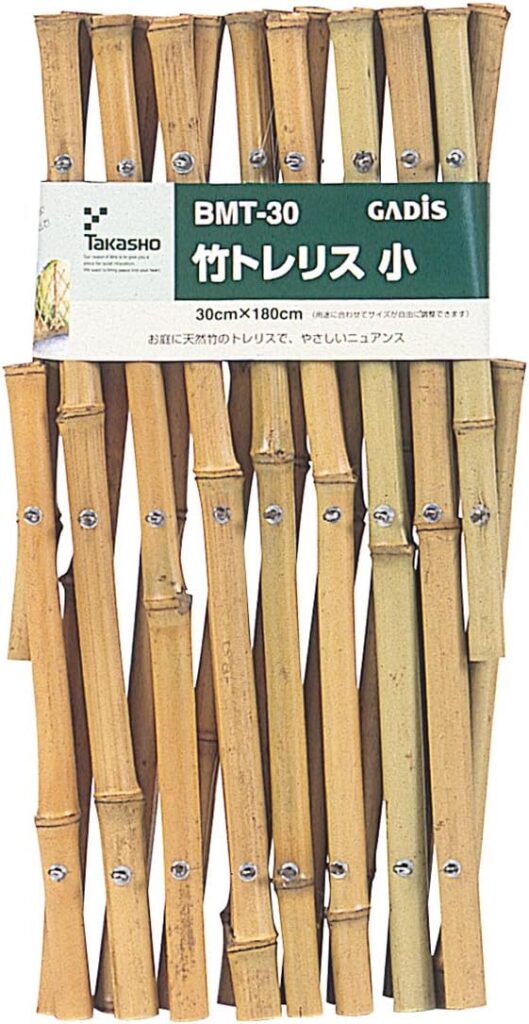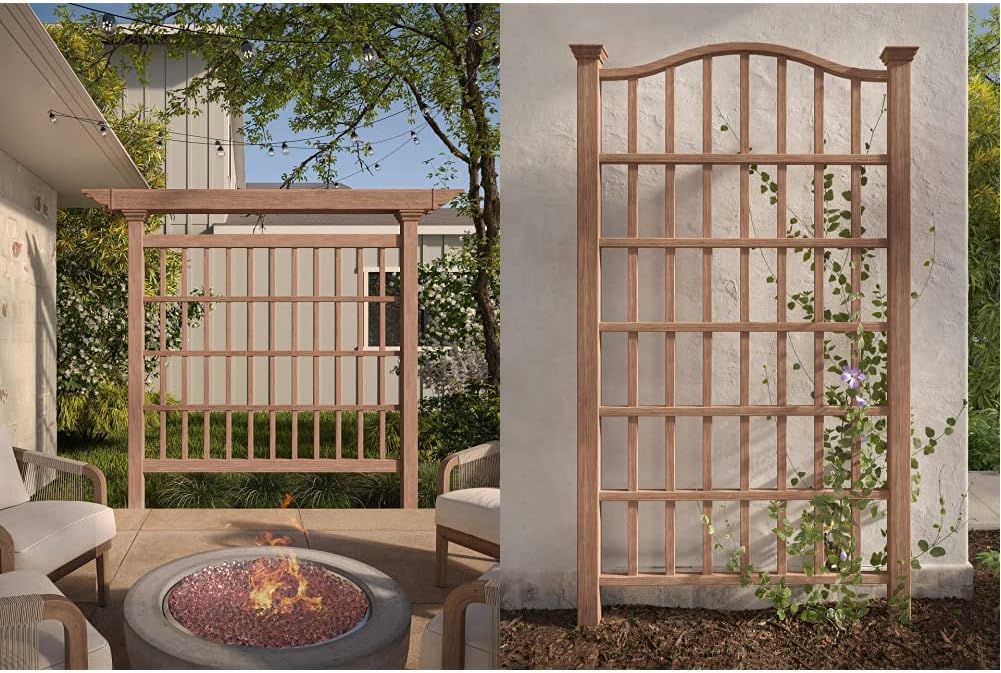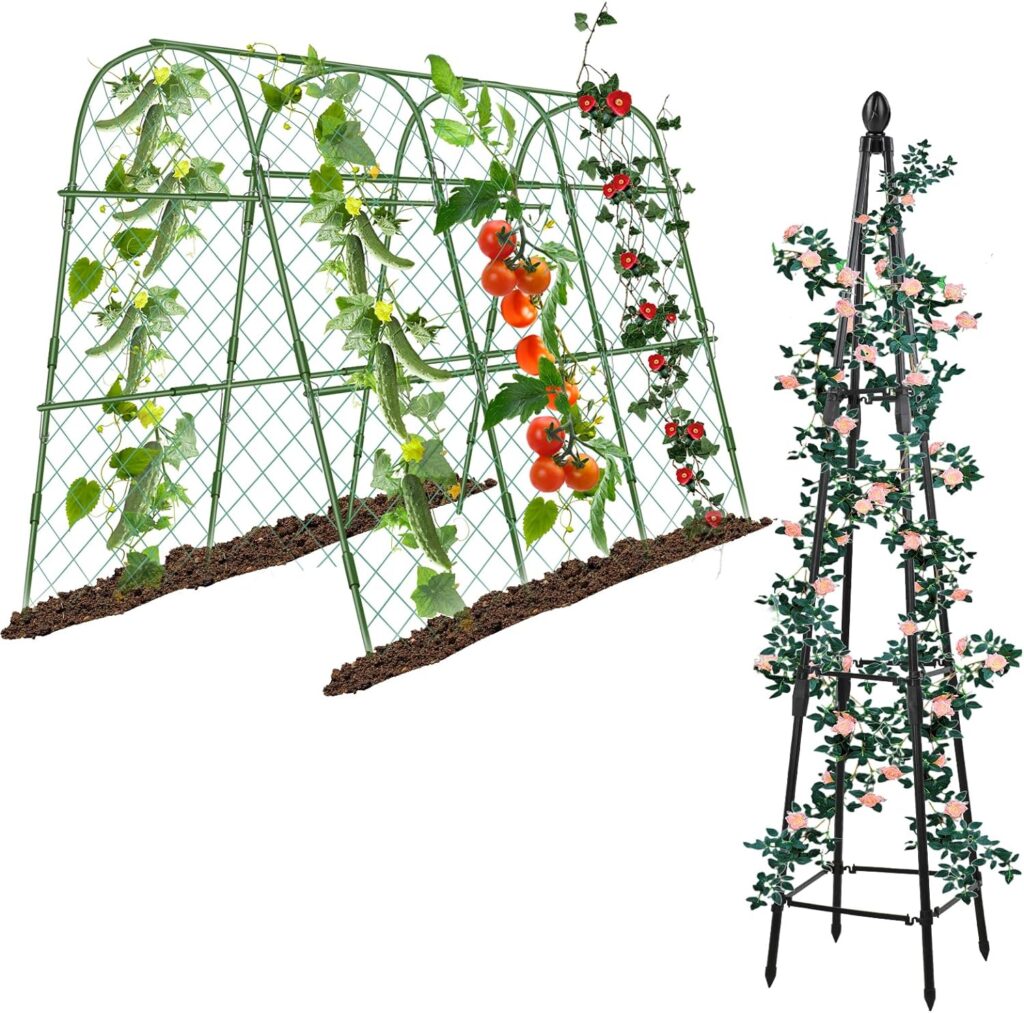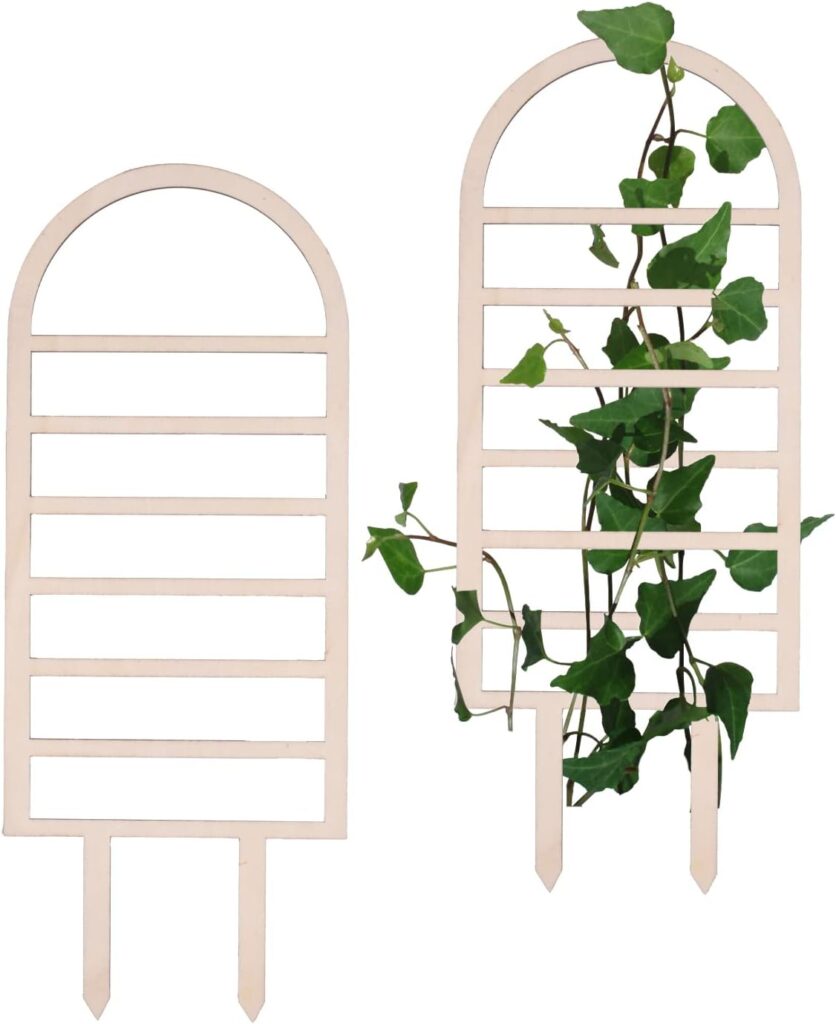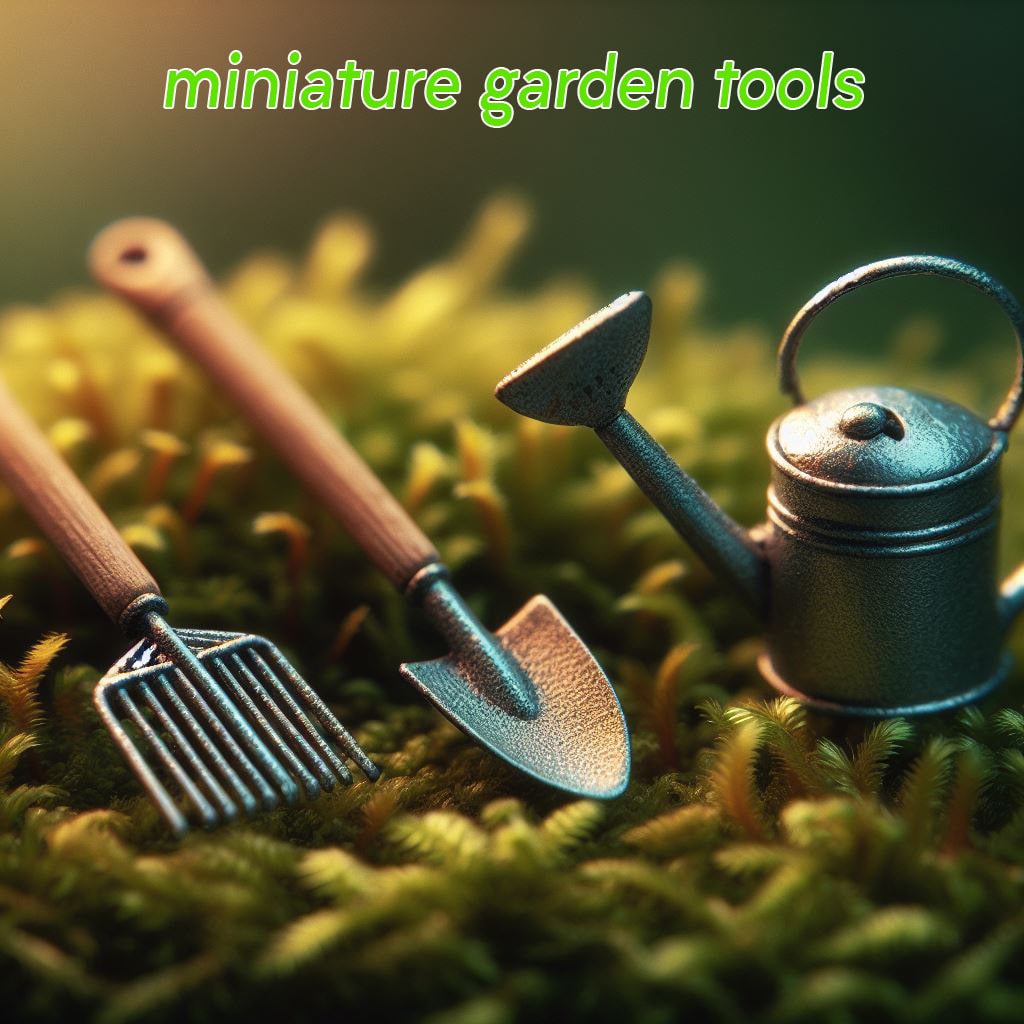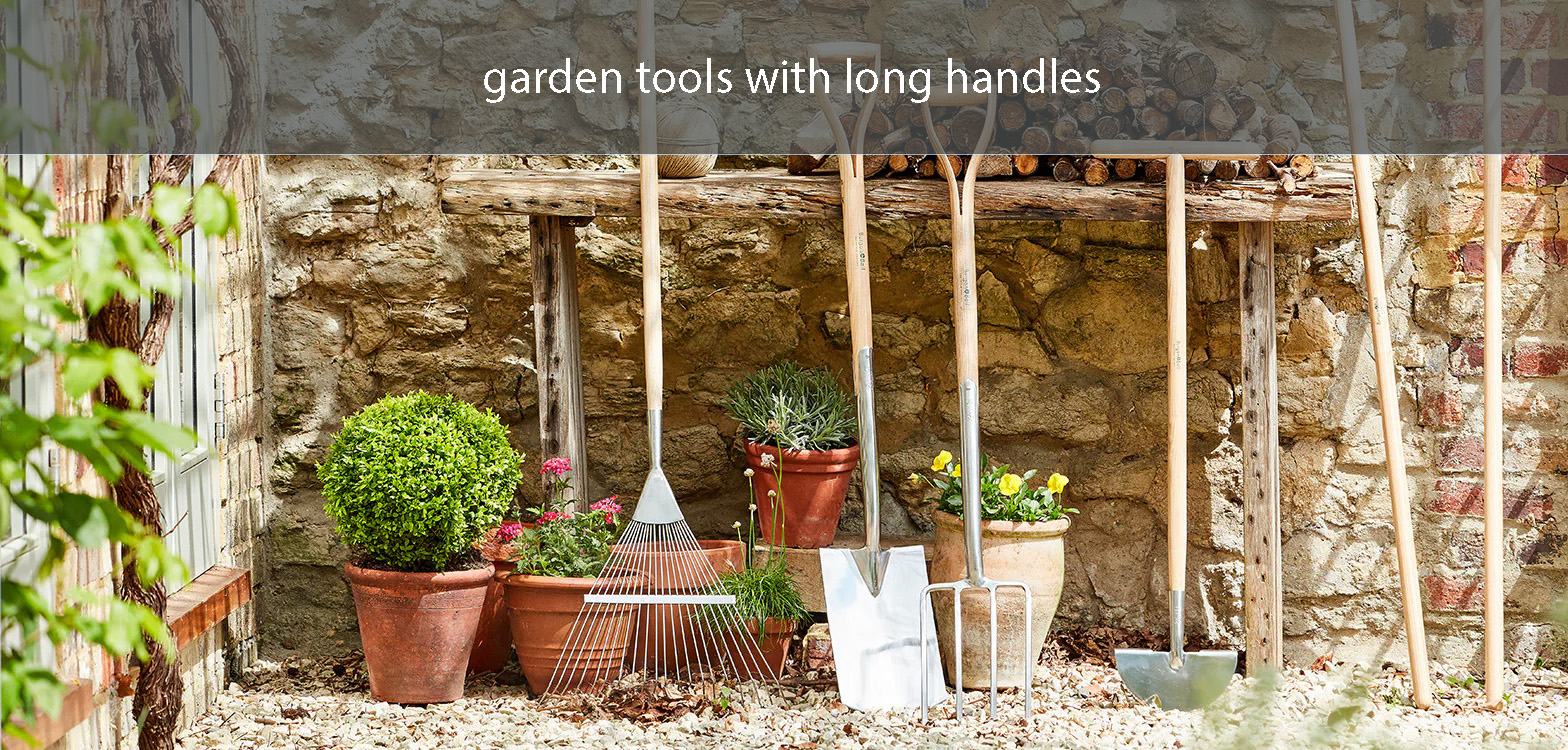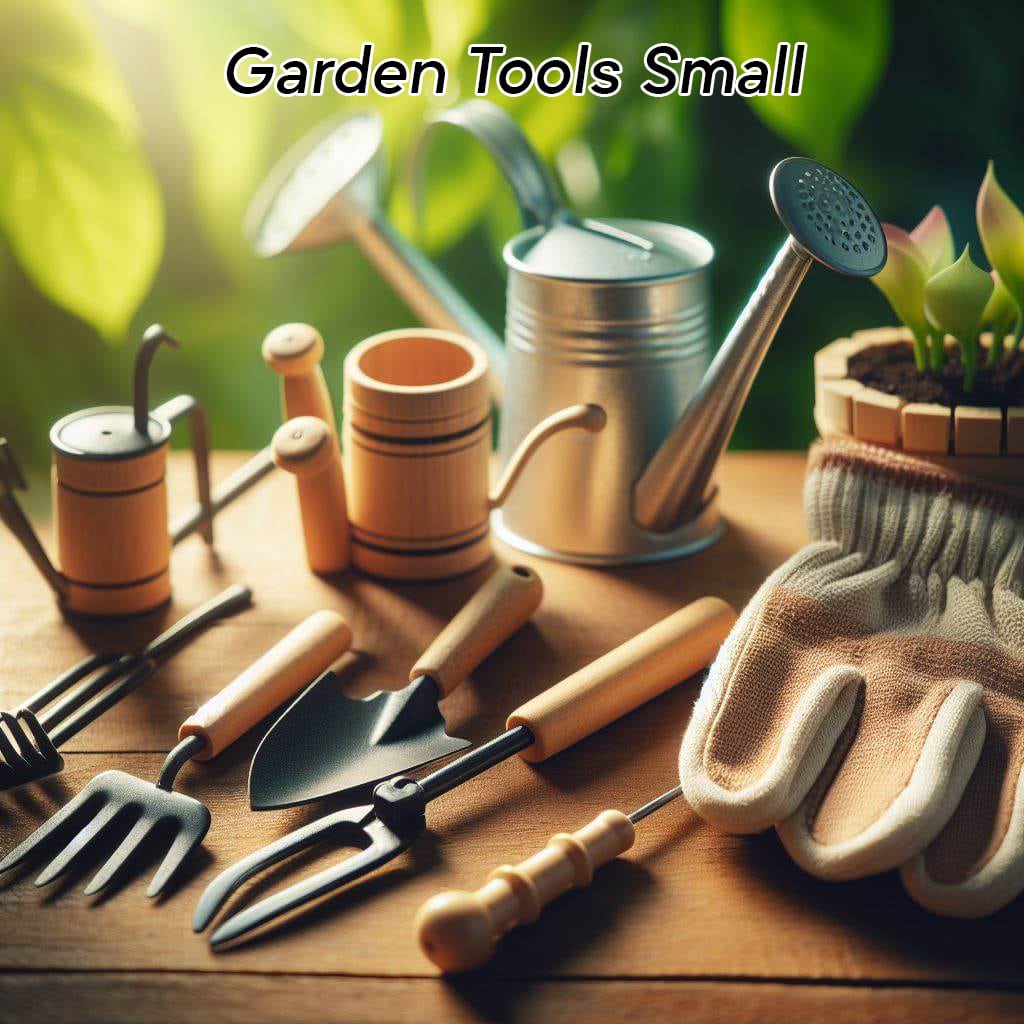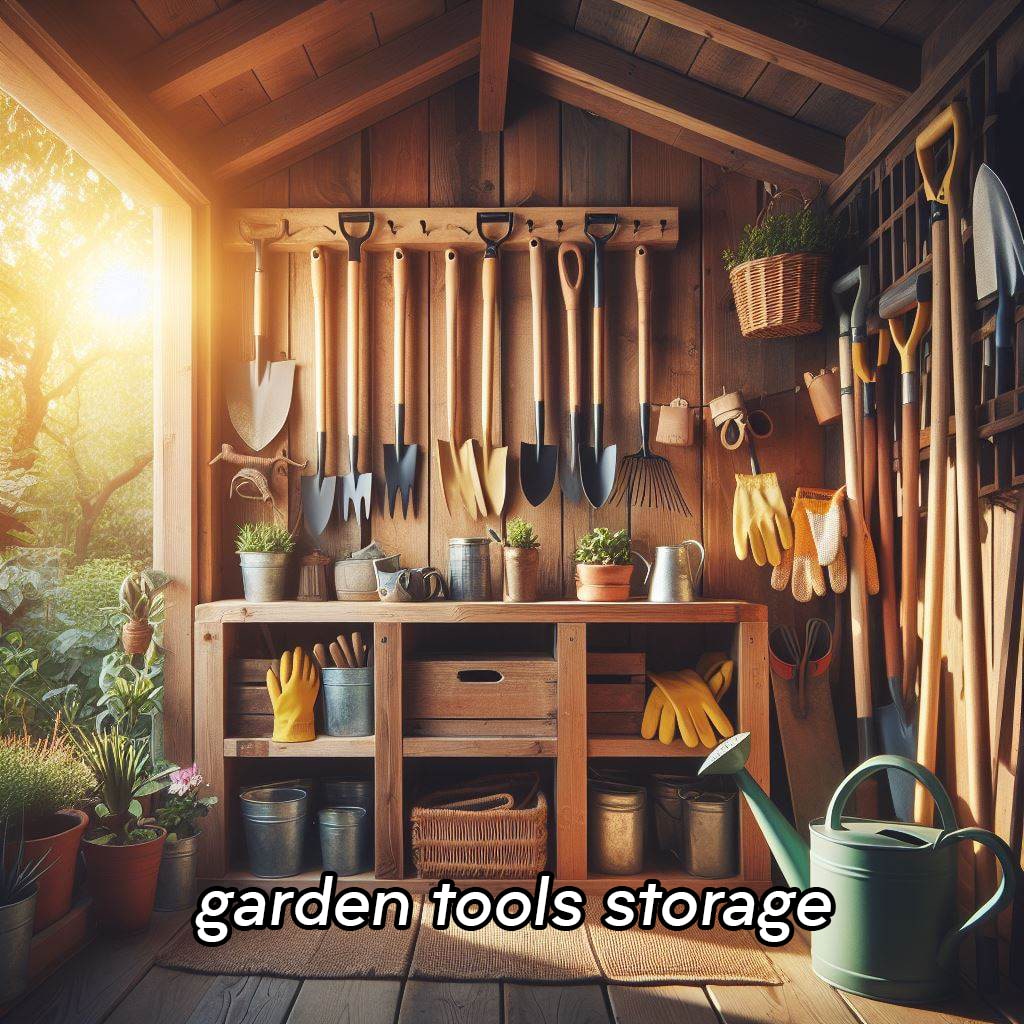Houseplant trellis
Houseplants often wander, leading to their growth habits. However, these wandering tendrils can be a challenge when stepping on them or removing them from their container. Trellis can help organize and support these plants, providing vertical support and allowing for a better appreciation of their color and texture.
In tropical forests, understory plants cling to taller, upright plants to find light. In your home, a trellis can help maintain this climbing habit and provide vertical support. The type and style of trellis you choose will depend on the plant and your vision for the finished project. It is recommended to find a trellis with long prongs or supports at the bottom that sink deep into the soil to provide good support.
If trellising a large plant like a monstera, ensure the trellis is sturdy and stable enough to support the vines. For plants like monstera with strong aerial roots, consider using a moss-covered totem for the plant to climb, as the aerial roots will seek out moisture in the moss and attach to the totem by themselves.
Types of houseplant trellis:
1. Pergolas:
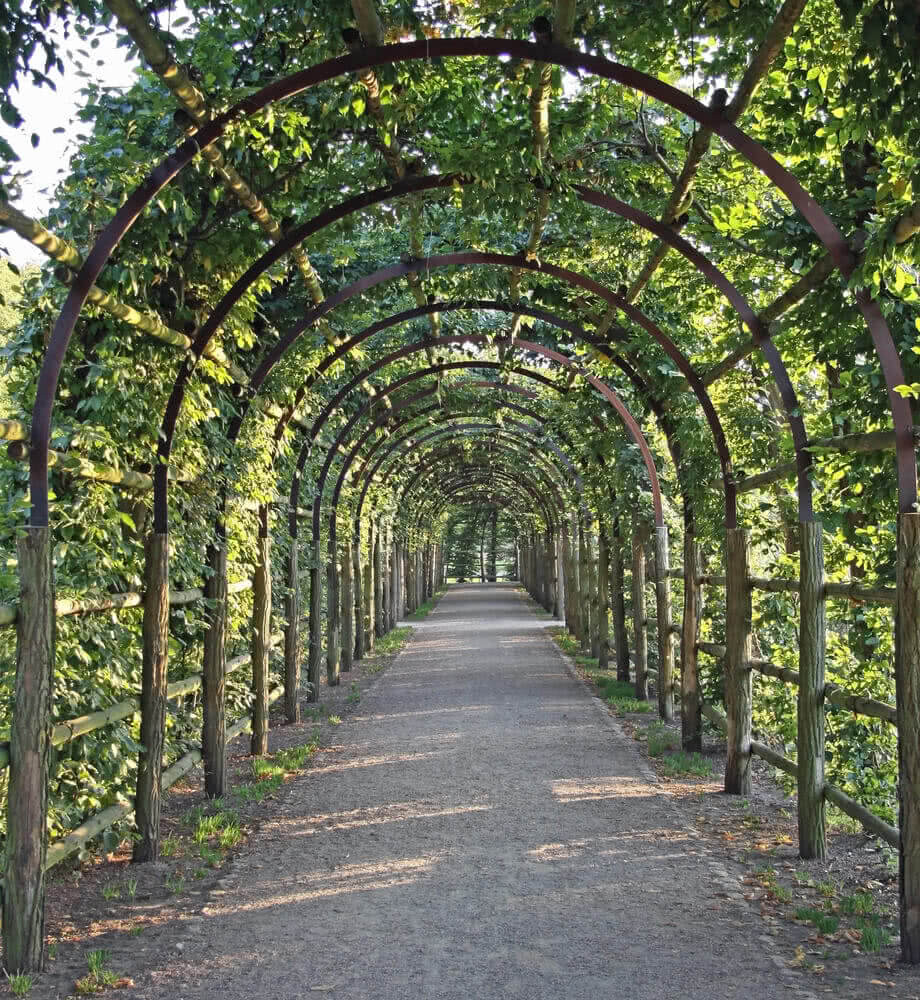
Pergolas are advanced support structures with supporting posts that can prop up roof-like structures and provide shade in gardens.
2. Arbor Trellis:
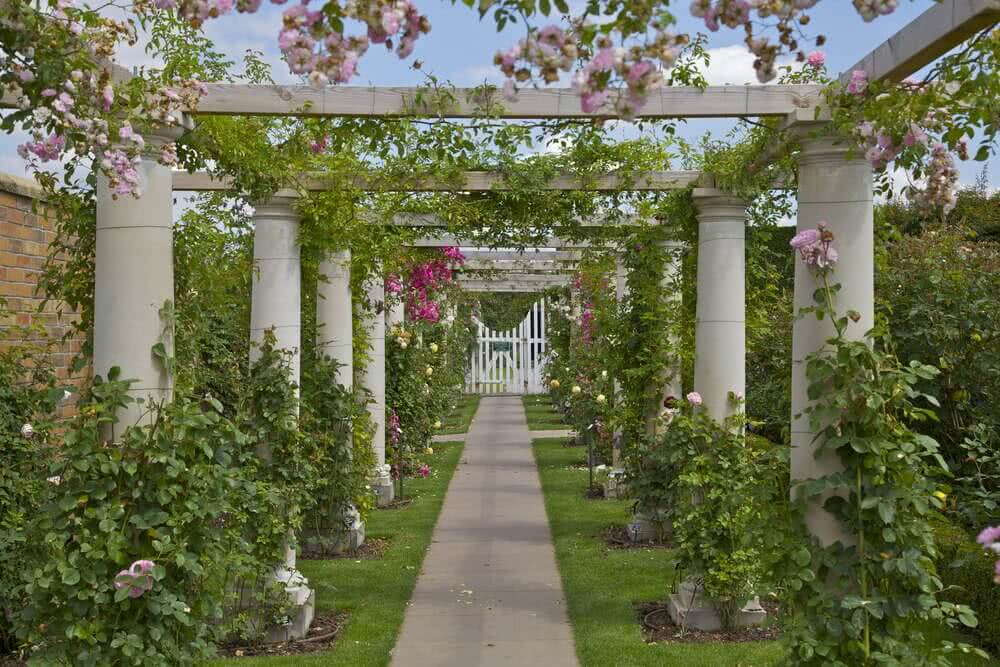
Arbors, a complex form of support and , resemble half of a tunnel with latticework on all sides, making them a beautiful addition to any home garden.
3. Lattice Trellis:
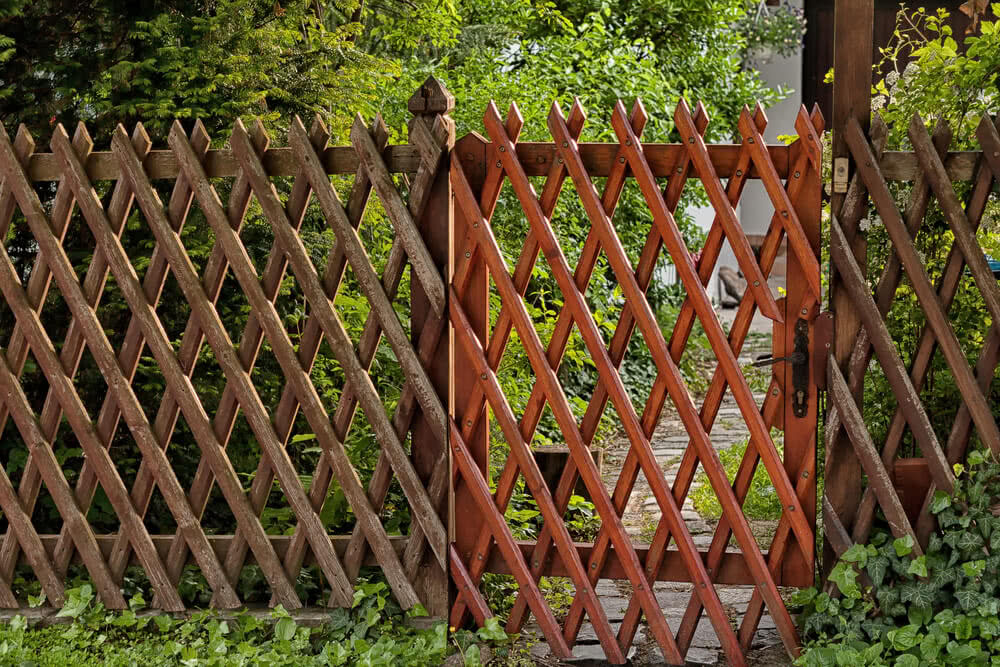
The Lattice Trellis, made from sturdy lattice panels and faux columns, serves as a versatile starting point for outdoor trellises. It supports climbing vines with deep-dark contrasts and serves as a connecting element between neighboring buildings.
4. Wooden Trellis:

You can customize the wooden board with the shape, size and design you want. Don’t forget to leave space between the two structures to prevent water damage.
5. Wire trellis:

A well-planned, high-tensile wire trellis supports both trees and wine with minimal errors, resulting in a neat, straight, and longer-lasting trellis.
6. Wall Trellis:

A wall mount trellis, designed to complement brick homes, offers a wide wall expanse , and can be adorned with climbers and flowers on one side.
7. Bamboo Trellis:
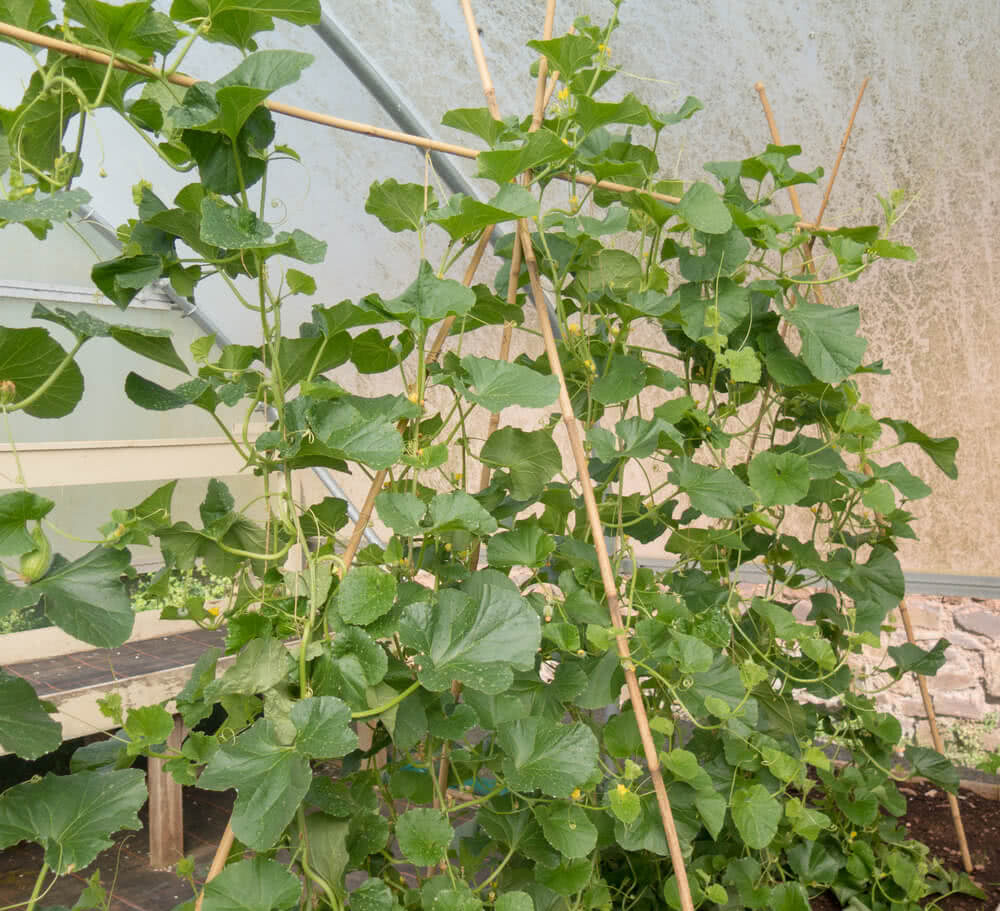
Bamboo trellis, a simple pattern that extends the length of the fence, is visually appealing to support vines, making it an ideal and easy feature to create.
How to make a trellis?
To create a trellis, you will need wooden bars (2x4s), nails, a hammer, a cutting saw, and a lattice framework for the back. First, size the frame according to the available space and consider that about one-third of the structure will be underground for support. Connect the vertical supports with the horizontal ones by making ¼-inch-deep notches in the wooden bars. Smooth out the cuts to avoid splinters and rough areas with a chisel.
Next, assemble the main frame by moving individual parts closer to the location and connecting the vertical and horizontal bars with nails. Hammer them in carefully to avoid damage to yourself or the wood. Place the lattice framework within the framework and fasten it, ensuring it remains tight in the wooden frame.
Finally, dig a hole for the trellis and prop it up. Your trellis is ready to be installed!
Conclusion
In summary, trellis can be a valuable tool for organizing and supporting houseplants, providing vertical support and allowing for a better appreciation of their growth habits.

